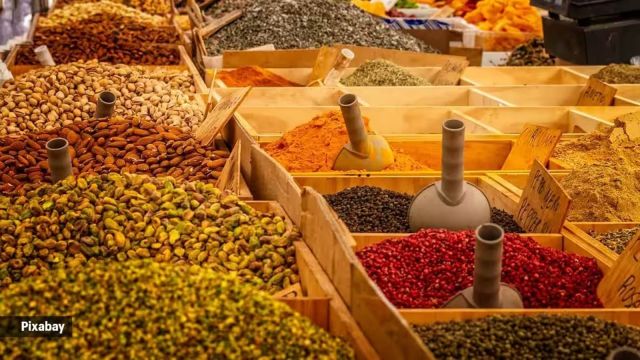The Ministry of Commerce is taking significant steps to expand food-testing infrastructure to enhance India’s food exports. A senior government official recently shared details about the initiative, highlighting the Export Inspection Council’s (EIC) efforts to assess and address gaps in the existing infrastructure.
Gap Assessment and Infrastructure Expansion
Nitin Kumar Yadav, Joint Secretary in the Department of Commerce, explained that the EIC has launched a comprehensive gap assessment study on food testing infrastructure for exports. This study is focusing on identifying gaps both region-wise and commodity-wise. Yadav mentioned that the study would be completed within 2–3 months, after which a detailed plan for infrastructure expansion would be developed.
Adoption of Advanced Technologies
The EIC is incorporating advanced technologies to streamline the food testing process. One of the major initiatives is the launch of an integrated traceability module to manage inspection, testing, and certification processes more efficiently. The EIC is also adopting Internet of Things (IoT)-based sampling techniques to enhance the precision and speed of food testing.
New Laboratories and Geographical Expansion
To further strengthen food-testing capabilities, new laboratories are being established in key locations such as Ahmedabad, Faridabad, and Mangalore. The EIC is also expanding its operational reach to new locations like Kakinada in Andhra Pradesh.
Mutual Recognition Agreements (MRAs) and MoUs
The EIC is actively working on entering into mutual-recognition agreements (MRAs) and memorandums of understanding (MoUs) with various countries. These agreements aim to ensure global recognition of India’s food-testing processes and mechanisms, which will facilitate smoother international trade.
Increase in Testing Facilities
Over the past decade, the EIC has significantly increased the number of accredited laboratories, growing from 21 recognized labs in 2013–14 to 78 labs in 2024–25. The number of export establishments approved through the EIC system has also risen, from 794 to 1,446. The export certificates accepted by importing countries have nearly doubled in this period, reflecting the growing trust in India’s food-testing infrastructure.
Participation in International Organizations
The EIC’s certification system is recognized by major international regulatory bodies, including those of the European Union, the United States, Australia, Turkey, Korea, and Japan. The council’s active participation in global organizations such as Codex Alimentarius, ISO, and the WTO has helped promote science-based standards, reduce trade barriers, and facilitate smoother international trade.
Launch of User-Friendly Online Portal
The EIC is set to launch a user-friendly online portal that integrates various systems, including traceability modules, a Laboratory Information Management System (LIMS), and E-Health features. This portal will streamline the processes involved in inspection, testing, and certification, making it easier for exporters to manage their operations.
Multiple-Choice Questions (MCQs):
1. What is the main goal of expanding food-testing infrastructure by the Ministry of Commerce?
a) To increase the number of laboratories
b) To enhance food exports
c) To reduce food prices
d) To promote domestic trade
Answer: b) To enhance food exports
2. What advanced technology is being adopted by the Export Inspection Council (EIC) for food testing?
a) Blockchain technology
b) Artificial intelligence
c) IoT-based sampling techniques
d) Virtual reality
Answer: c) IoT-based sampling techniques
3. Which cities are new laboratories being established in as part of the expansion?
a) Delhi, Mumbai, Kolkata
b) Ahmedabad, Faridabad, Mangalore
c) Chennai, Kochi, Bengaluru
d) Pune, Hyderabad, Jaipur
Answer: b) Ahmedabad, Faridabad, Mangalore
4. How many accredited laboratories does the EIC have as of 2024–25?
a) 21
b) 50
c) 78
d) 100
Answer: c) 78
5. Which international organizations is the EIC actively participating in?
a) World Health Organization (WHO)
b) Codex Alimentarius, ISO, and WTO
c) International Monetary Fund (IMF)
d) United Nations (UN)
Answer: b) Codex Alimentarius, ISO, and WTO
